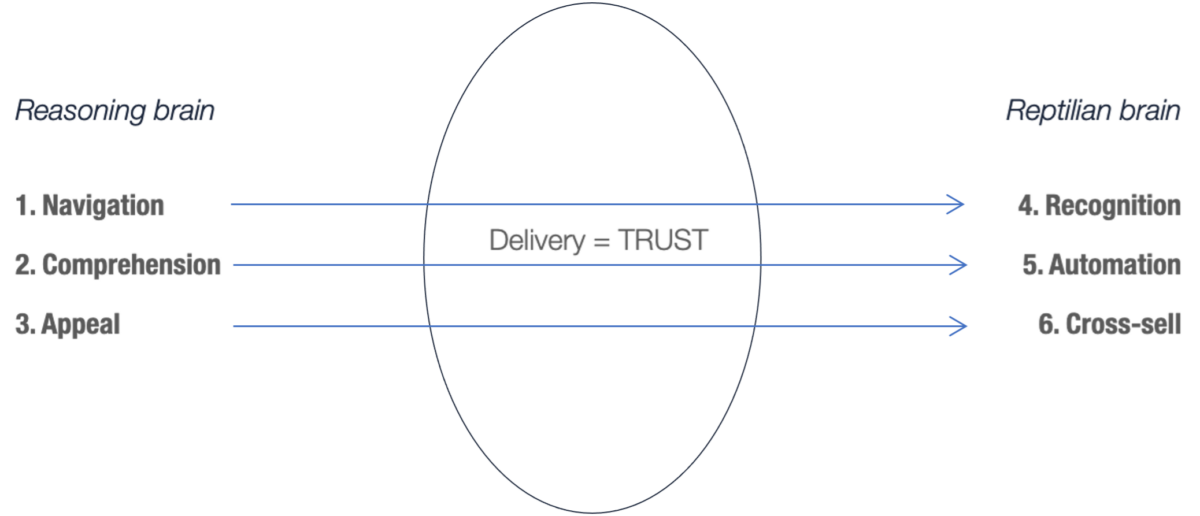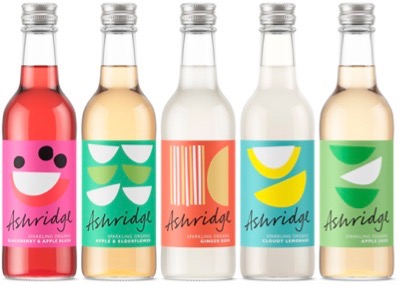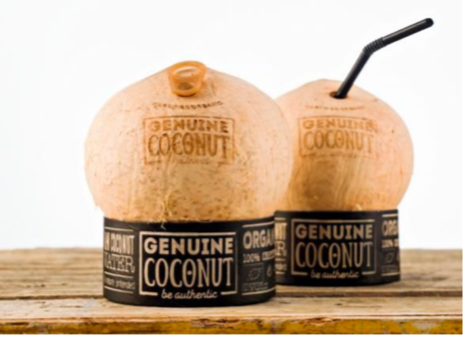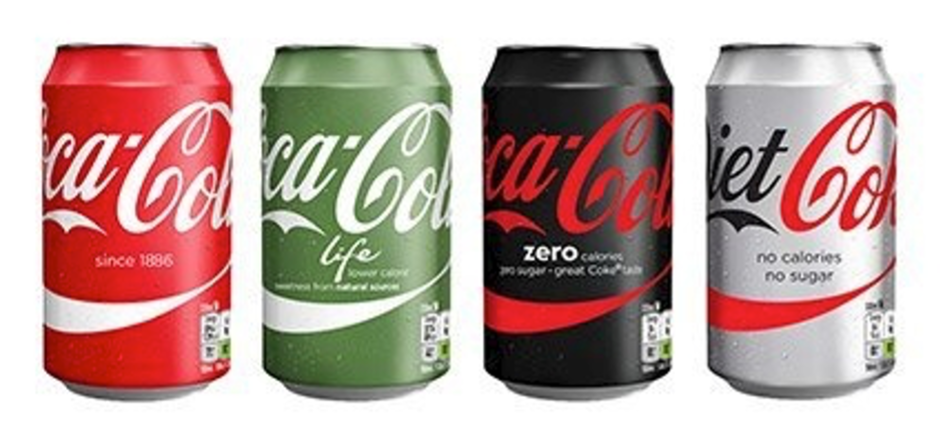The Strategic Value of Packaging Design
Brand design, with its capacity to infuse strategic visions with vitality through visual elements, stands as a transformative influence in the realm of marketing. Exceptional design goes beyond aesthetics, delving deep into the essence of strategic intent to translate abstract concepts into captivating visuals.
By integrating the principles of brand strategy and positioning it into a visual framework, design strategy ensures that every visual element harmonises with the brand’s fundamental message and identity. At the heart of this transformative process lies packaging design, an essential component in crafting a captivating brand experience that resonates with consumers, encapsulating the brand’s essence and values in a tangible way.

Fig 1: Strategy and Design
The Power of Packaging:
Packaging, as a strategic tool, goes beyond being just a box, bottle, or tin that holds a product until it’s consumed. Effective packaging is a physical embodiment of a brand’s core values and attributes, reflecting them outwardly.
Think of brand identity as the badge that showcases a brand’s personality. In this analogy, packaging is the outfit this personality wears, demonstrating who they are and why consumers will want to connect with them. Just as you carefully select your clothes for a first date, packaging is a critical expression of what the brand wants consumers to think and feel.
It’s widely understood that a single TV commercial doesn’t make a brand. To thrive in the hearts and minds of consumers, a brand must express itself consistently across all touchpoints and consumer experiences.
For FMCG (fast-moving consumer goods) brands, packaging serves as the primary touchpoint. It plays a vital role at every stage—from initial engagement and desire; to the moment of choice, consumption, and even the decision to repurchase.
Packaging holds a crucial position within a brand’s ecosystem. It is present during the discovery and decision-making phases, significantly impacting the consumer’s experience. Whether it leads to delight or disappointment, packaging is the most direct and tangible connection between the brand and the consumer, embodying the brand “in hand.”
By optimising packaging design, brands can ensure their message resonates at every touchpoint, making it an essential element in building a lasting relationship with consumers.
The Potential of Packaging:
To Consumers
Packaging plays a crucial role in influencing consumers’ decisions to buy a product by driving the purchase decision. Packaging not only fosters confidence in consumers’ selections but also actively engages them, sparking interest and interaction. Effective packaging goes beyond functionality; it fosters a sense of ownership, forging a stronger connection between consumers, the product, and the brand itself.
To Brands
Highly effective packaging serves as a force to be reckoned with in the retail domain, significantly enhancing your brand’s visibility and influence to create a lasting impression. It not only enhances discoverability, increasing the likelihood of your product being noticed and desired by consumers, but also cultivates memorability. Memorable packaging ensures that your brand remains prominent in consumers’ memories, encouraging them to make repeat purchases and fostering long-term loyalty.
To Businesses
Effective packaging acts as a platform for showcasing your competitive advantage, clearly demonstrating to consumers why they should choose your product over others on the shelf. Additionally, it plays a critical role in ensuring cost-effective distribution by securely containing and distributing your product, maintaining its quality and appeal throughout the entire supply chain.
To Category
Packaging is pivotal in guaranteeing clarity and recognition for products, rendering them easily comprehensible and distinctive within their specific category. Furthermore, it plays a crucial role in boosting usage and demand by facilitating consumer engagement and piquing interest, which in turn encourages repeat purchases and cultivates growth within the category.
To Macro Environment
Packaging is pivotal in guaranteeing clarity and recognition for products, rendering them easily comprehensible and distinctive within their specific category. Furthermore, it plays a crucial role in boosting usage and demand by facilitating consumer engagement and piquing interest, which in turn encourages repeat purchases and cultivates growth within the category.
Packaging in the Context of Brand Creation:
The context and life stage of the consumer in relation to packaging interaction play a crucial role in defining the pack’s role and the expectations set by its brand. To understand this dynamic, it’s essential to delve into the distinction between the reasoning and reptilian brain. The reasoning brain governs logical thinking and decision-making processes, evaluating product offerings based on functional benefits and value propositions.
On the other hand, the reptilian brain operates at a more instinctual level, focusing on primal needs, emotions, and sensory experiences. By considering both aspects, brands can tailor packaging strategies that appeal to consumers’ rational considerations while also resonating with their emotional and instinctual triggers, ultimately influencing purchase decisions and brand loyalty.
Reasoning Brain – Navigation, Comprehension, Appeal:
An initial purchase decision is a cognitive process that begins with a need or a triggered impulse. This process moves through stages of awareness, evaluation of the product’s “offering,” and an assessment of its appeal to the individual—all within moments as a consumer navigates a retail environment. Therefore, packaging must address all these factors in a structured, seamless, and compelling way to capture the consumer’s attention and drive the purchase decision.
Reptilian Brain – Recognition, Automation & Cross-Sell:
The “chief protector “ – its job is to look for danger to fairly coldly evaluate information, delivery and effect on the body. In the world of packaging, the reptilian mind is evaluating all sorts of elements but leaning heavily towards information, category fit and intrinsic benefit.
Unless you pass this ‘gatekeeper’, your product will not reach trial and the exciting journey towards becoming a “trusted” brand. If sufficient attention to detail has been given to communicating your brand’s benefits and they largely fall within category norms (colour palette/structure etc), you will be given the green light by the consumer.
Once the brand is consumed, enjoyed and it has added value, it will be repurchased and become part of the repertoire. At this stage it becomes ‘the customer’s brand’, and something they don’t want to change.
These are all sentiments that get communicated once the brand has become part of their daily/weekly/monthly routine – but it becomes an automated only after consistently delivering on answering the reptilian mind’s subconscious questions.
Reasoning and Reptilian Brain to determine the role of packaging for the consumer:

- Navigation
Effective packaging acts as a guide for consumers as they navigate through the store, assisting them in exploring the category and distinguishing between competitors while balancing standard category norms with unique brand features. One strategy to accomplish this is by emphasising one or two consistent brand attributes for easy recognition, which then allows for flexibility in other design elements.
If your packaging prominently showcases a particular colour, you have more leeway to experiment with the typography and shape. On the other hand, if your packaging boasts a distinctive shape, you can play around with different colours while still adhering to category standards. Colour is a fundamental aspect within each category, making it crucial in achieving a harmonious blend. - Comprehension
Packaging serves as a consumer guide within stores, aiding in category exploration and competitor differentiation while harmonizing with industry norms and unique brand traits. One effective approach involves highlighting one or two recognisable brand characteristics, fostering flexibility in other design elements. Let’s further explore these aspects below.
The master brand plays a crucial role as an endorser, nurturing trust and validating the brand’s competitive standing. It establishes a meaningful link with the category’s importance and emotional impact. Essential attributes and design tools like the core logo, specific brand assets, iconography, and graphic language add strength to this role, contributing to a unified and captivating brand identity.
This rice packaging is exceptionally effective in conveying several crucial aspects. It prominently showcases the master brand, establishing a sense of trust and familiarity while ensuring brand recognition. Within this broader brand identity, it highlights the specific product line as a sub-brand, guiding consumers towards their desired choice.
The packaging’s tonality effectively conveys the brand’s personality and tone, shaping how consumers perceive the product. It also demonstrates intrinsic credibility, showcasing the product’s authenticity and reliability, which further strengthens consumer trust. Alongside these elements, the packaging outlines the functional benefits of the product, addressing consumer needs and expectations.
It creates an emotional appetite appeal through enticing visuals and messaging, tapping into consumer emotions and desires. Lastly, the packaging differentiates various flavour variants, providing clarity and choice for consumers, thereby enhancing the overall consumer experience. - Appeal
Appeal goes beyond slick graphics and mouth-watering imagery—though these elements certainly help. True appeal lies in a stylistic approach that resonates with the product, the consumption occasion, and the target consumer, all rooted in the brand’s positioning. Appeal isn’t confined to just visuals; it can also be about sensory engagement and tactility, drawing consumers in through touch and feel, compelling them to interact with the product.
Appeal via imagery:
Appeal via style:
Appeal via ergonomic form:
- Recognition & Automation
Effective packaging leverages a finely tuned model of evolution, adapting to context while maintaining brand consistency. This approach ensures that the brand remains contemporary and relevant, without prompting consumers to reconsider their choice or question their loyalty.
Range contemporisation and evolution:
Recognition:
- Automation & Cross-sell
When consumers place such trust in a brand that it becomes their default choice – a mixed blessing – the rules governing a Masterbrand portfolio must remain inviolable to preserve automated decision-making.
An essential pillar of a multi-category Masterbrand is its distinct shape, serving as a robust foundation adaptable to various graphic elements, product offerings, colours, and imagery while remaining instantly recognisable.
In cross-selling, the ultimate aim is for automated purchase decisions to extend beyond the Masterbrand to specific products, driven by trust and familiarity. Achieving this requires a delicate balance between the Masterbrand’s identity and the unique attributes of individual categories or products.
e.g. 1:
e.g. 2:
Consider “Power, Potential and Partnership” for Great Packaging Design
Harnessing the power of packaging design involves leveraging its ability to captivate consumers, stand out on shelves, and instantly convey your brand’s essence. This entails making a bold statement that resonates with your target audience, ultimately driving brand recognition and loyalty. Unlocking the potential of packaging design requires exploring innovative ways to enhance the user experience, streamline logistics, and minimize environmental impact. This involves using design elements to create packaging that is both functional and aesthetically pleasing, adding value throughout the product lifecycle.
Embracing partnership in packaging design means acknowledging the collaborative efforts among your brand, design teams, suppliers, and consumers. It’s about nurturing relationships that contribute to shared success, fuel innovation, and keep you competitive in the market.
These “3 P’s” (Power, Potential and Partnership) epitomise the essence of top-tier packaging design, offering a roadmap for brands to create impactful, sustainable, and consumer-centric packaging solutions.
Packaging design is not just about creating visually appealing containers; it’s a strategic tool that has the power to captivate consumers, drive brand recognition, and foster loyalty. By translating brand strategy into compelling visuals, packaging design becomes an integral part of the brand experience, communicating the brand’s essence and values directly to consumers.
The strategic value of packaging lies in its ability to guide consumers through their decision-making process, from initial engagement to the moment of purchase and beyond. Effective packaging not only influences purchase decisions but also supports brand positioning, enhances user experience, and contributes to environmental sustainability.
Through a combination of creativity, innovation, and collaboration, brands can harness the potential of packaging design to create impactful solutions that resonate with consumers, stand out on shelves, and drive long-term success. The partnership between brands, design teams, suppliers, and consumers plays a crucial role in this process, fostering relationships that lead to shared success and continuous innovation.
In conclusion, the power, potential, and partnership inherent in great packaging design offer brands a roadmap to create meaningful, sustainable, and consumer-centric packaging solutions that leave a lasting impression and build strong connections with consumers.







